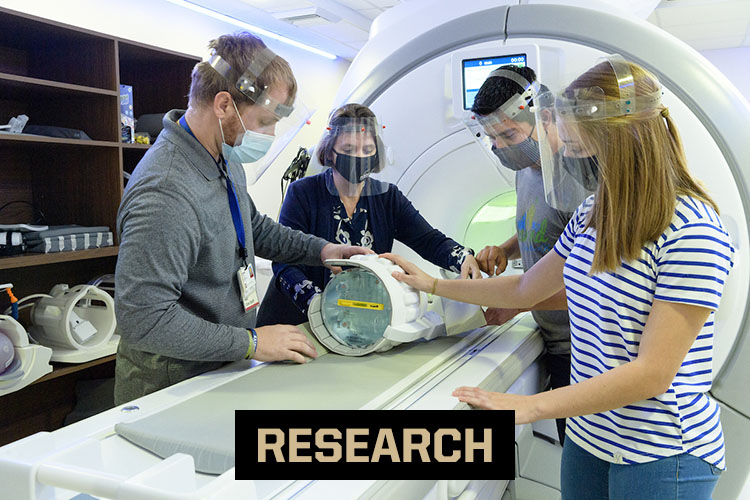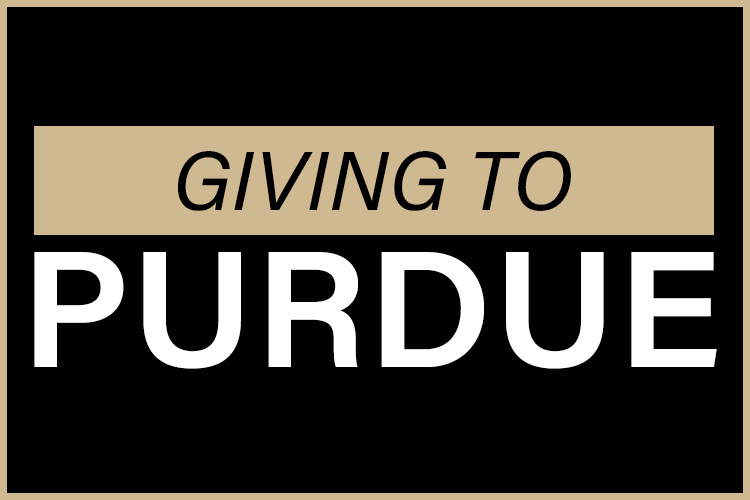News
Professor Qi Zhou honored with University Faculty Scholar award
Qi Zhou, professor of Physics and Astronomy in the Purdue University College of Science, has been selected as a University Faculty Scholar by the Office of the Provost. The University Faculty Scholars Program recognizes outstanding faculty members who are on an accelerated path for academic distinction.
Finding the Catalyst for a More Sustainable Future
BROOKHAVEN — Fuel cells are quickly becoming a viable, clean energy alternative to commonly used fossil fuels, such as gasoline, coal, and oil. Fossil fuels are non-renewable energy resources that release carbon dioxide into the atmosphere. Fuel cells, however, rely on an electrochemical reaction rather than combustion, producing carbon-free energy. One of the barriers to scaling this technology up to be commercially viable is the current reliance on platinum group metals (PGM) as catalysts. Due to their high cost and limited supply, PGMs often account for 46% of the production cost of fuel cells. To help address this particular challenge, researchers at Purdue University, the U.S. Department of Energy’s (DOE) Oak Ridge National Laboratory, and DOE’s Brookhaven National Laboratory investigated iron-nitrogen doped carbon (Fe-N-C) catalysts as an effective alternative to PGM-based catalysts.
Special report: Solar eclipse path of totality
NBC — NBC Nightly News broadcast live from the Indianapolis Motor Speedway with NASA and Purdue University. Anchor Lester Holt interviews Prof. Danny Milisavljevic, of Purdue Physics and Astronomy, at the 44 minute mark about this once in a lifetime view of the eclipse in totality.
Purdue University campus pauses to soak up 2024 solar eclipse, experiencing near totality
USATODAY — The Tippecanoe County area was not in the direct path of Monday's total eclipse, but area residents still had the chance to witness a rare event of a near total eclipse, and they filled Purdue University's campus to catch a glimpse. Purdue PhysAstro co-sponsored the on-campus event.
Trustees approve faculty promotions
Purdue University’s Board of Trustees on Friday (April 5) approved faculty promotions and tenured faculty transferring from IUPUI to Purdue West Lafayette. The following promotions and transfers are effective with the 2024-25 academic year. These professors will be promoted to full professor: T. Matthew Jones and Kyoung-Soo Lee.
All Departmental News



